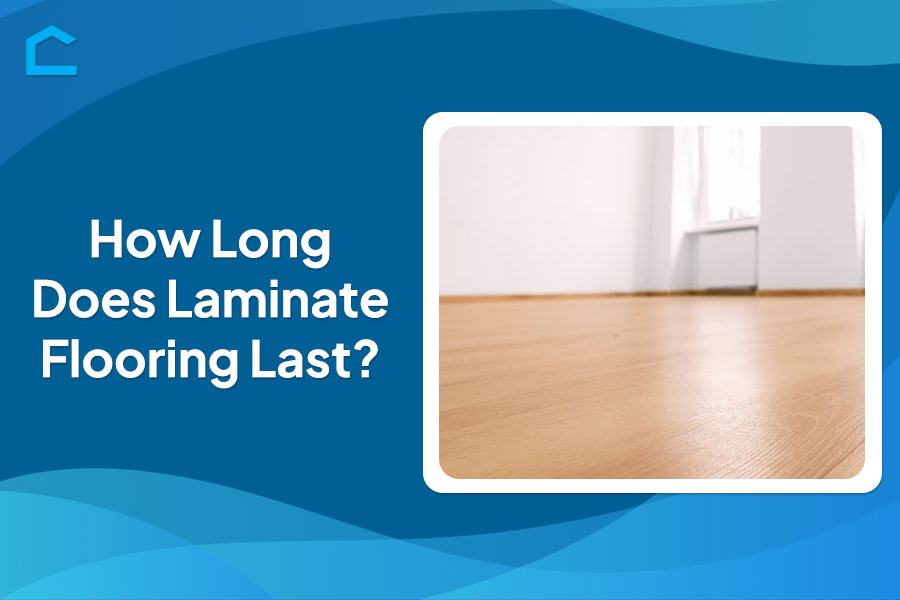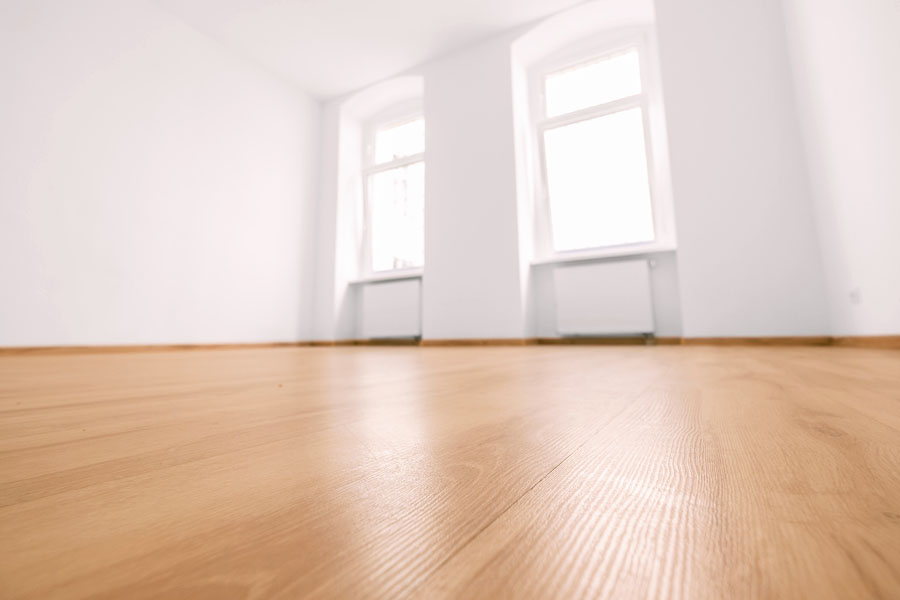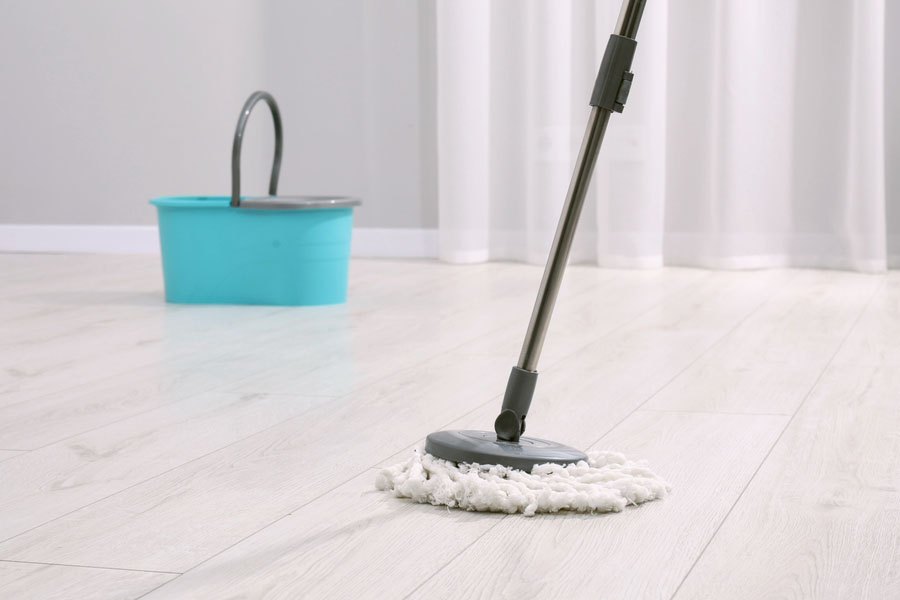How Long Does Laminate Flooring Last?

Laminate flooring has become an increasingly popular choice for homeowners and designers alike thanks to its affordability, durability, and versatility. Whether you already have laminate flooring or you plan on installing one, you may be wondering how long does laminate flooring last.
While longevity can vary depending on several factors, understanding the key elements that influence a laminate floor’s durability is crucial for making an informed decision.
In this comprehensive guide, we’ll explore the factors that determine how long laminate flooring can last, as well as provide valuable tips for maximizing its lifespan through proper installation, maintenance, and care.
How Long Does Laminate Flooring Last
How long does laminate flooring last? Laminate flooring generally lasts between 15 to 25 years, varying based on factors such as installation, quality, and upkeep. With proper care, like regular cleaning and avoiding excessive moisture, it can endure longer.
However, heavy foot traffic or neglect might shorten its lifespan. Choosing a high-quality product and ensuring professional installation can contribute to maximizing its durability. Ultimately, the longevity of laminate flooring hinges on maintenance and usage habits within your home.

Source: shutterstock.com / Photo Contributor: hanohiki
Factors Influencing Lifespan of Laminate Flooring
The lifespan of laminate flooring can be influenced by several key factors. One of the most significant elements is the quality of the materials used in the flooring’s construction.
Quality of the Materials
The core of laminate flooring is typically made of high-density fiberboard (HDF), with higher-quality HDF offering better resistance to moisture and wear. Thicker wear layers provide better resistance to scratches, dents, and fading. Higher-quality laminates are typically more durable and resistant to wear and tear, moisture, and fading. Cheaper laminates may degrade more quickly, leading to a shorter lifespan.
Installation Method and Subfloor Conditions
Proper installation is a crucial factor for the longevity of laminate flooring. The flooring should be installed according to manufacturer guidelines, ensuring that it is properly acclimated and the subfloor is clean, level, and dry. Subfloor conditions, such as moisture levels or unevenness, can affect the stability and lifespan of laminate flooring. Improper installation or subfloor issues can lead to problems like buckling, warping, or premature wear.
Level of Traffic
The amount of foot traffic a laminate floor experiences can impact its lifespan. High-traffic areas, such as hallways, entryways, and living rooms, are more prone to wear and tear compared to low-traffic areas like bedrooms. Additionally, heavy furniture or pets can contribute to the wear on laminate flooring. Choosing laminate flooring with a higher abrasion rating (AC rating) can help increase its durability in high-traffic areas.
Environmental Factors
Environmental factors such as exposure to sunlight, humidity levels, and temperature fluctuations can affect the condition of laminate flooring over time. Direct sunlight can cause fading and discoloration, while fluctuations in humidity and temperature can lead to expansion and contraction, potentially causing the laminate to warp or buckle.
Extending the Lifespan of Laminate Flooring
To extend the lifespan of laminate flooring and keep it looking its best for years to come, homeowners can follow several practical tips. One of the most important aspects of maintaining laminate flooring is regular cleaning and maintenance.
This involves sweeping or vacuuming the floor regularly to remove dirt, dust, and debris that can scratch or dull the surface over time. When cleaning, it’s crucial to use laminate-specific cleaning products and avoid excessive moisture, as water can seep into the seams and cause damage.
Maintaining Laminate Flooring: Practical Tips for Longevity
Damp mopping with a well-wrung mop can help remove stubborn dirt without exposing the flooring to too much water. Preventive measures are also essential in extending the life of laminate flooring.
Placing mats or rugs at entryways can help trap dirt and moisture before they reach the flooring, reducing wear and tear. Encouraging family members and guests to remove shoes before walking on the laminate flooring can also minimize dirt and debris accumulation.
To prevent scratches and dents, homeowners can place felt pads under furniture legs and avoid dragging heavy objects across the floor. When moving furniture, it’s best to lift items rather than sliding them.

Source: shutterstock.com / Photo Contributor: New Africa
Conclusion
In conclusion, the longevity of laminate flooring depends on the quality of the product, the level of foot traffic, and the maintenance routine. Understanding these factors and taking proper care of your laminate flooring is crucial to ensure it remains beautiful and functional for an extended period.
The question of how long does laminate flooring last, has become a common concern for homeowners considering this flooring option. Rest assured, as laminate flooring can last for over 30 years with proper maintenance.
With the right knowledge, care, and maintenance practices, your laminate flooring can be a durable and stylish addition to your living space, offering lasting beauty and value for years to come.
